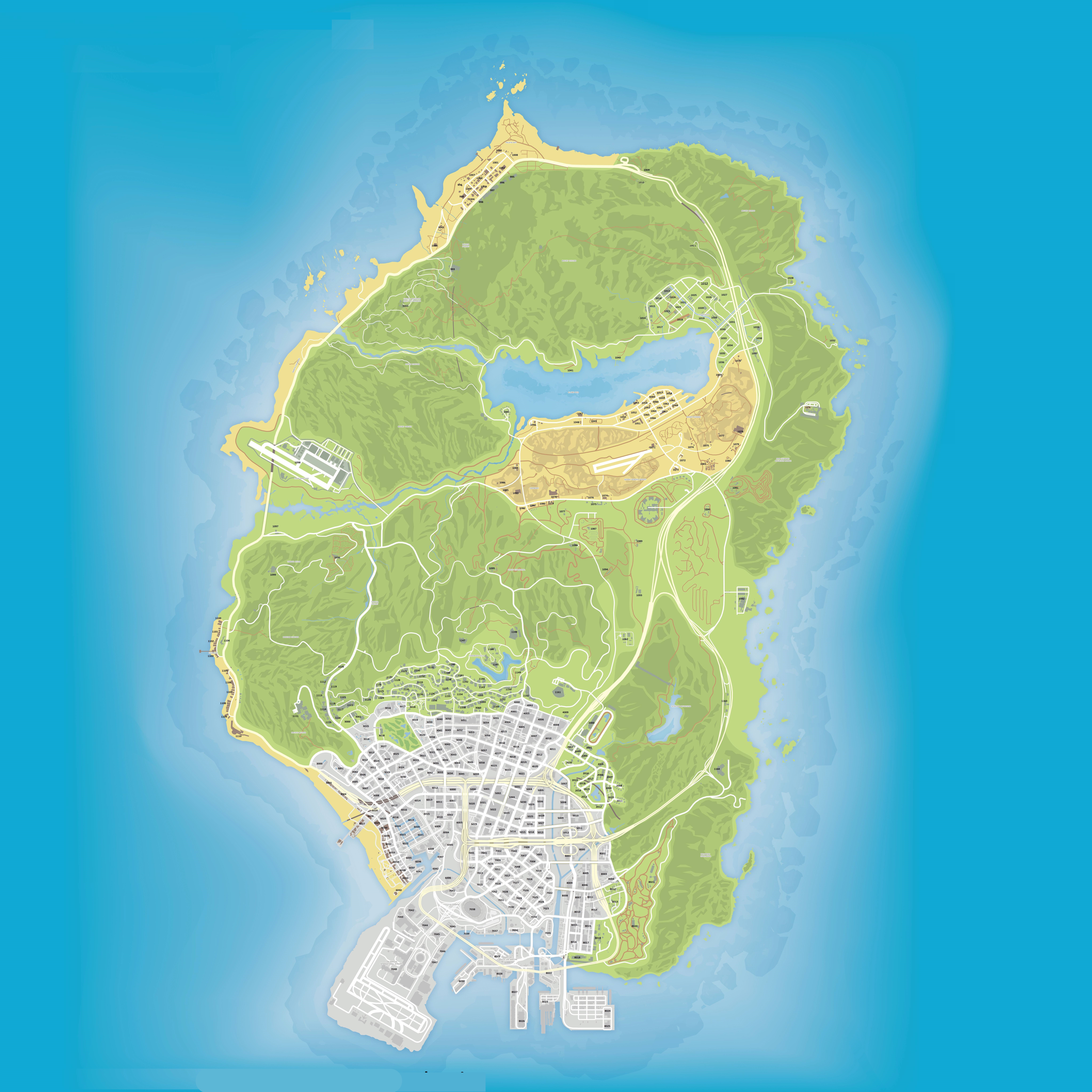Unveiling The Power Of Lines Police CAD: Revolutionizing Law Enforcement
Ever wondered how police departments manage to keep track of everything happening on the streets? Well, let me tell ya, it's all about the magic of Lines Police CAD. Yep, you heard that right. CAD stands for Computer-Aided Dispatch, and it's like the brains behind the operation. This system is what allows officers to stay connected, informed, and ready to respond at a moment's notice. Think of it as the ultimate command center that keeps the wheels of law enforcement spinning smoothly.
Now, before we dive deep into the world of Lines Police CAD, let’s set the stage. Imagine a city buzzing with activity—cars zooming, people rushing, and, of course, the occasional emergency. How does a police department keep tabs on all this chaos? That's where CAD comes in. It's not just a software; it's a lifeline for officers in the field. Whether it's responding to a 911 call or coordinating a city-wide operation, CAD is the backbone of modern policing.
But hold up—what exactly makes Lines Police CAD so special? Why is it becoming the go-to solution for departments across the globe? Stick around, because we’re about to break it all down for you. From its features to its impact on public safety, we’ll cover everything you need to know. So, buckle up, and let’s dive into the fascinating world of Lines Police CAD.
- Telugu Moviesrulz The Ultimate Guide To Streaming And Downloading Telugu Films
- Unlock The Magic Of Vegamovies Ms Ndash Your Ultimate Movie Destination
Understanding the Basics of Lines Police CAD
Let’s start with the basics. Lines Police CAD is more than just a dispatch system; it’s a comprehensive platform designed to streamline communication and operations within law enforcement agencies. At its core, CAD connects officers in the field with dispatchers in the command center, creating a seamless flow of information. This means no more missed calls, delayed responses, or confusion about assignments. Everything is tracked, logged, and updated in real-time, making it easier for everyone involved to stay on the same page.
How Does Lines Police CAD Work?
Here's the deal—CAD operates by integrating various data streams into a single platform. When a 911 call comes in, the dispatcher enters the details into the system, which then generates an incident report. This report is instantly shared with the nearest available officers, who receive all the necessary information on their mobile data terminals (MDTs). From there, they can acknowledge the call, provide updates, and even request backup—all through the CAD system.
But that's not all. Lines Police CAD also includes features like GPS tracking, which allows dispatchers to monitor the location of every officer in real-time. This ensures that help is always sent to the right place at the right time. Plus, the system can prioritize calls based on severity, ensuring that critical situations get immediate attention.
- Movierulz 2024 Your Ultimate Guide To Streaming Movies Like A Pro
- Hdhub4u Your Ultimate Destination For Highquality Entertainment
Why Lines Police CAD Stands Out
Now, you might be thinking, "Sure, CAD sounds great, but what makes Lines Police CAD different from the rest?" Great question. Lines Police CAD has a few tricks up its sleeve that set it apart from other systems. For starters, it's highly customizable, meaning departments can tailor it to fit their specific needs. Whether it's adding specialized modules for traffic management or integrating with other software, Lines Police CAD is flexible enough to adapt to any situation.
Key Features of Lines Police CAD
- Real-Time Data Sharing: Officers and dispatchers can exchange information instantly, ensuring everyone is always up-to-date.
- Advanced Mapping: With built-in GIS capabilities, CAD provides detailed maps and location data to help officers navigate even the most complex urban environments.
- Automated Reporting: Say goodbye to tedious paperwork. CAD generates detailed incident reports automatically, saving time and reducing errors.
- Interoperability: Lines Police CAD can integrate with other systems, such as RMS (Records Management System), to create a fully connected ecosystem.
These features make Lines Police CAD a powerhouse in the world of law enforcement technology. It's not just about dispatching calls; it's about creating a smarter, more efficient police force.
The Impact of Lines Police CAD on Public Safety
So, how exactly does Lines Police CAD improve public safety? The answer lies in its ability to enhance response times and resource allocation. When an emergency occurs, every second counts. With CAD, officers can respond faster and more effectively, thanks to real-time data and automated processes. This means fewer delays, better decision-making, and ultimately, safer communities.
Case Studies: Real-World Success Stories
Let’s look at a couple of examples to see how Lines Police CAD has made a difference in real-world scenarios. In one city, the implementation of CAD led to a 25% reduction in response times for high-priority calls. In another, the system helped coordinate a multi-agency operation that resulted in the successful apprehension of a dangerous fugitive. These success stories highlight the transformative power of Lines Police CAD in modern policing.
Challenges and Solutions in Implementing Lines Police CAD
Of course, implementing a system as complex as Lines Police CAD isn’t without its challenges. Departments may face issues like budget constraints, resistance to change, and technical difficulties. However, with proper planning and training, these hurdles can be overcome. Many agencies have found success by phasing in the system gradually and providing comprehensive training for all users.
Overcoming Resistance to Change
Change can be tough, especially in a field as traditional as law enforcement. That’s why it’s crucial to involve officers and dispatchers in the implementation process from the start. By demonstrating the benefits of Lines Police CAD and addressing their concerns, departments can foster a sense of ownership and enthusiasm for the new system. Plus, once they see how much easier their jobs become, they’ll be singing its praises in no time.
Future Developments in Lines Police CAD
Looking ahead, the future of Lines Police CAD is bright. As technology continues to evolve, so too will the capabilities of CAD systems. We can expect to see advancements in AI integration, predictive analytics, and even augmented reality features. These innovations will further enhance the efficiency and effectiveness of law enforcement operations, making our communities safer than ever before.
Trends to Watch
- AI-Powered Predictive Policing: Using machine learning algorithms to predict crime hotspots and allocate resources accordingly.
- Augmented Reality for Officers: Providing officers with real-time visual overlays to enhance situational awareness.
- Cloud-Based Solutions: Offering scalable, secure storage options for all CAD data, ensuring accessibility and reliability.
These trends point to a future where Lines Police CAD becomes an even more integral part of law enforcement operations.
Expert Insights on Lines Police CAD
To get a deeper understanding of Lines Police CAD, we spoke with industry experts who have firsthand experience with the system. Their insights shed light on its strengths, weaknesses, and potential for growth. One expert noted, "Lines Police CAD has revolutionized the way we approach emergency response. It’s not just a tool; it’s a partner in our mission to protect and serve."
What the Experts Say
According to a recent study, departments using Lines Police CAD reported higher levels of officer satisfaction and increased public trust. These findings underscore the importance of investing in modern technology to support law enforcement efforts. As one expert put it, "In today’s world, you can’t afford to rely on outdated systems. Lines Police CAD is the way forward."
Cost Considerations for Lines Police CAD
Now, let’s talk money. Implementing Lines Police CAD can be a significant investment, but it’s one that pays off in the long run. While the upfront costs may seem steep, the benefits of improved efficiency, reduced errors, and enhanced public safety make it a worthwhile expenditure. Many departments have found creative ways to fund their CAD systems, such as grants and partnerships with local businesses.
Return on Investment
When you consider the potential savings in terms of time, resources, and lives, the ROI on Lines Police CAD is impressive. Departments that have adopted the system have seen reductions in operational costs, improvements in officer productivity, and increases in public satisfaction. It’s a win-win for everyone involved.
Training and Support for Lines Police CAD
Training is a critical component of any CAD implementation. Departments must ensure that all users, from dispatchers to field officers, are thoroughly trained on the system’s features and functions. This includes both initial training and ongoing support to address any issues that may arise.
Best Practices for Training
- Hands-On Experience: Provide users with plenty of opportunities to practice using the system in real-world scenarios.
- Ongoing Education: Keep users up-to-date with the latest features and updates through regular training sessions.
- Support Resources: Offer a range of support options, including documentation, videos, and a dedicated help desk.
By prioritizing training and support, departments can ensure that Lines Police CAD is used to its fullest potential.
Conclusion: Embracing the Future of Law Enforcement
In conclusion, Lines Police CAD is more than just a tool—it’s a game-changer for law enforcement. By enhancing communication, improving response times, and increasing efficiency, it’s helping departments across the globe protect their communities more effectively. As we’ve seen, the benefits of Lines Police CAD are numerous, from cost savings to improved public trust.
So, what’s next? If you’re considering implementing Lines Police CAD in your department, take the first step today. Reach out to experts, explore funding options, and start planning your transition. And don’t forget to share your thoughts and experiences in the comments below. Together, we can build a safer, smarter future for law enforcement.
Table of Contents
- Understanding the Basics of Lines Police CAD
- How Does Lines Police CAD Work?
- Why Lines Police CAD Stands Out
- Key Features of Lines Police CAD
- The Impact of Lines Police CAD on Public Safety
- Case Studies: Real-World Success Stories
- Challenges and Solutions in Implementing Lines Police CAD
- Overcoming Resistance to Change
- Future Developments in Lines Police CAD
- Trends to Watch
- Expert Insights on Lines Police CAD
- Cost Considerations for Lines Police CAD
- Return on Investment
- Training and Support for Lines Police CAD
- Best Practices for Training
- Conclusion: Embracing the Future of Law Enforcement



Detail Author:
- Name : Reagan Walter
- Username : rowan53
- Email : maribel.vandervort@gleason.info
- Birthdate : 1981-09-10
- Address : 81163 Monique Harbors South Barrettfort, MO 52808
- Phone : 1-419-384-4865
- Company : Connelly-Dickinson
- Job : Casting Machine Operator
- Bio : Aut ducimus cum quasi fugit. Ut dolorem molestiae cupiditate vel dolores qui aut. Consequatur sequi mollitia quia id id. Nemo adipisci voluptatibus aut tempora reiciendis non explicabo.
Socials
facebook:
- url : https://facebook.com/toyj
- username : toyj
- bio : Soluta fugit ea consequatur voluptatem vel neque.
- followers : 6702
- following : 1229
linkedin:
- url : https://linkedin.com/in/jtoy
- username : jtoy
- bio : Quia enim maiores rem aliquam ut ex.
- followers : 5023
- following : 477